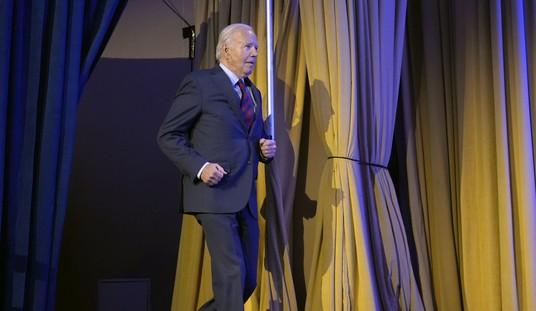WASHINGTON -- Those of us who dimly remember the gas lines of the 1970s tend to view commodity price spikes as the temporary work of international villains. But anyone still expecting the return of cheap oil is in for a long wait. Rising energy prices are mainly the result of unprecedented global prosperity -- a rising billion in China and India determined to own automobiles and air conditioners. This increased demand for oil, natural gas and coal has almost nothing to do with the policies of America or the designs of OPEC.
Given the strain on household budgets, it impossible to call this a blessing, even a mixed one. But it might properly be called a mixed curse. During the 1992 campaign, some Democrats proposed a controversial 50-cent-a-gallon increase in the gas tax in order to reduce domestic consumption and encourage alternatives to oil. Since then, gas prices have risen by more than $3 a gallon, resulting in individual suffering and aggregate benefits. Alternatives to oil and coal -- from wind to solar to nuclear -- are suddenly more economical in comparison. Chevrolet and Toyota are only a couple of years away from offering plug-in hybrids that could average hundreds of miles to the gallon.
But our other demand-driven crisis -- food inflation -- is simply a curse since there is no pleasant alternative to eating. This problem has a variety of causes: the growth of meat-based diets across the world, requiring large amounts of grain for animal feed; the diversion of acreage to the production of ethanol; the rising cost of food transportation and natural gas-based fertilizers; water shortages and climate disruption. Recent prices have dipped a bit, but expensive food now seems a fact of life.
On the fringes of subsistence in the developing world, sudden double-digit jumps in the prices of staples have resulted in riots. In America, a rise of about 6 percent in the price of groceries this year has led the poor to adopt a variety of survival strategies, from buying food beyond its expiration date to visiting food banks.
Recommended
The president and Congress cannot be accused of indifference. Funding for nutritional programs at the Department of Agriculture has increased by more than 60 percent during the Bush years. In its recent farm bill (while expanding American agricultural subsidies that do staggering harm to farmers in the developing world), Congress helpfully increased funding for American food banks and food stamps. It also renamed the Food Stamp Program the Supplemental Nutrition Assistance Program, on the theory that boring bureaucratic names with annoying acronyms (SNAP) bear less stigma for recipients.
Expanding food stamps is the most direct way to reduce hunger in America. There are about 35 million Americans who experience food insecurity, and about 25 million who receive food stamps -- really debit cards that can only be used for food (not sold for cash or used for alcohol). Both the Clinton and Bush administrations have cut fraud in this program. And because this system is computerized, we also know that most benefits are used up by the third week of the month, leaving many families to scramble for other sources of food.
Hunger exacts a social cost. Hungry adults miss more work and consume more health care. Hungry children tend to be sicker, absent from school more often, and more prone to get into more trouble. Larry Brown of the Harvard School of Public Health calculates that the total price tag of hunger to American society is about $90 billion a year. In contrast, Brown estimates it would only cost about $10 billion to $12 billion a year to "virtually end hunger in our nation."
And this raises a moral issue. We have in place an automated food stamp program that is generally efficient and effective. We know it could be expanded with little increase in overhead. And we know with precision when its benefit runs out each month. So how is it then possible to justify funding three weeks of food instead of four? What additional dependence, what added moral hazard, could a full month of eating possibly create?
Many social problems seem complex beyond hope. But dramatic progress against hunger is not. There are many explanations why this effort has not been undertaken -- but there are no good excuses.

























Join the conversation as a VIP Member